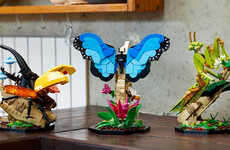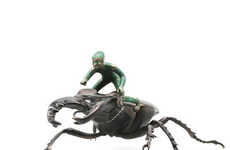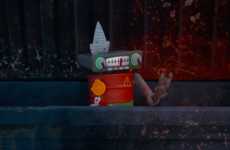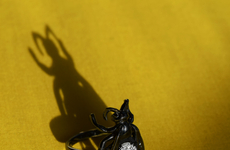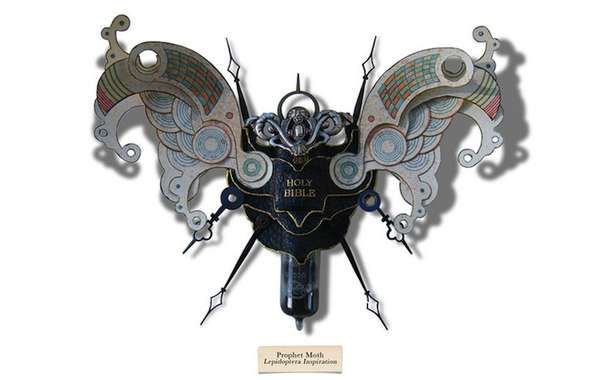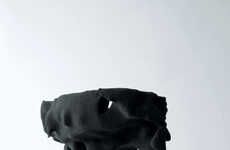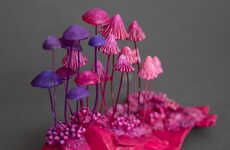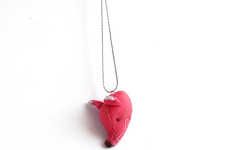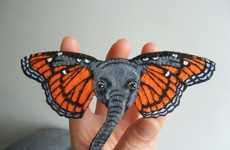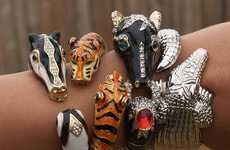
Mark Oliver's Litter Bugs are Literal Garbage-Embodying Pests
Nikki Taylor — October 10, 2012 — Art & Design
References: cargocollective & mymodernmet
British artist Mark Oliver created a series of questionable garbage insects, which he refers to as Litter Bugs. These insects are formed using the torn pages of old books, the metal scarps from watches and other electronics or household products that are discarded.
Oliver names his Litter Bugs according to what materials are central in their design. For instance, the body of the Conductor Bug is made out of tin with long wire clamps and metal wheels to produce an electric charge. The Weeping Beetle is made out of pictures of pale sad faces and the phrase "I am sorry" decorates the bottom of the beetle's wiry figure.
The Litter Bugs are a new species of insect that easily camouflages with the rest of the urban environment; which could potentially be quite frightening if these bugs were actually real.
Oliver names his Litter Bugs according to what materials are central in their design. For instance, the body of the Conductor Bug is made out of tin with long wire clamps and metal wheels to produce an electric charge. The Weeping Beetle is made out of pictures of pale sad faces and the phrase "I am sorry" decorates the bottom of the beetle's wiry figure.
The Litter Bugs are a new species of insect that easily camouflages with the rest of the urban environment; which could potentially be quite frightening if these bugs were actually real.
Trend Themes
1. Upcycling Art - There is a trend in upcycling waste materials into art pieces, which is creating opportunities for artists to create new and innovative pieces.
2. Garbage-inspired Products - The trend of producing products made from waste, such as Oliver's Litter Bugs, presents opportunities for sustainability-focused companies to create new, desirable items.
3. Awareness of Waste - There is a trend of increasing environmental awareness leading to more businesses and individuals taking steps to reduce waste and create a circular economy.
Industry Implications
1. Art & Design - The art and design industry has an opportunity to explore new materials and techniques to upcycle waste into interesting and sustainable pieces, leading to new avenues of artistic expression.
2. Sustainability - The sustainability industry has the opportunity to create new products using waste materials, and to shift the narrative around what is considered waste to something of value.
3. Waste Management - The waste management industry could benefit from increased awareness around waste and the need for sustainable practices, creating opportunities for innovative solutions to managing waste more effectively.
1.3
Score
Popularity
Activity
Freshness


